This website uses cookies so that we can provide you with the best user experience possible. Cookie information is stored in your browser and performs functions such as recognising you when you return to our website and helping our team to understand which sections of the website you find most interesting and useful.
Tag: abstract art
-
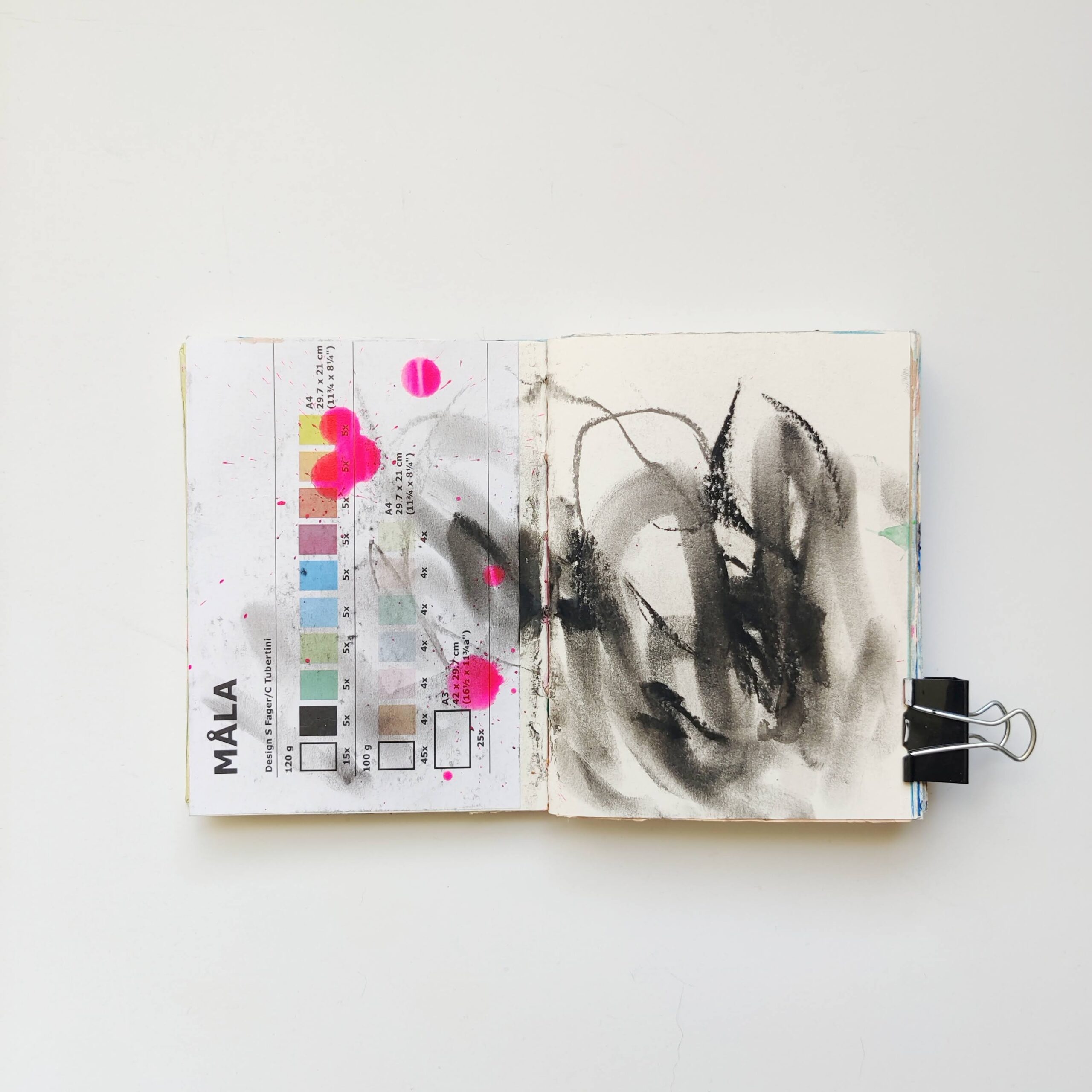
Recent Work
•
I’ve been working near-daily in my art journal — adding collage, oil pastel, tempera paint, drips of acrylic ink, and pencil and paint marker scribbles. Here is some of my recent work.
-
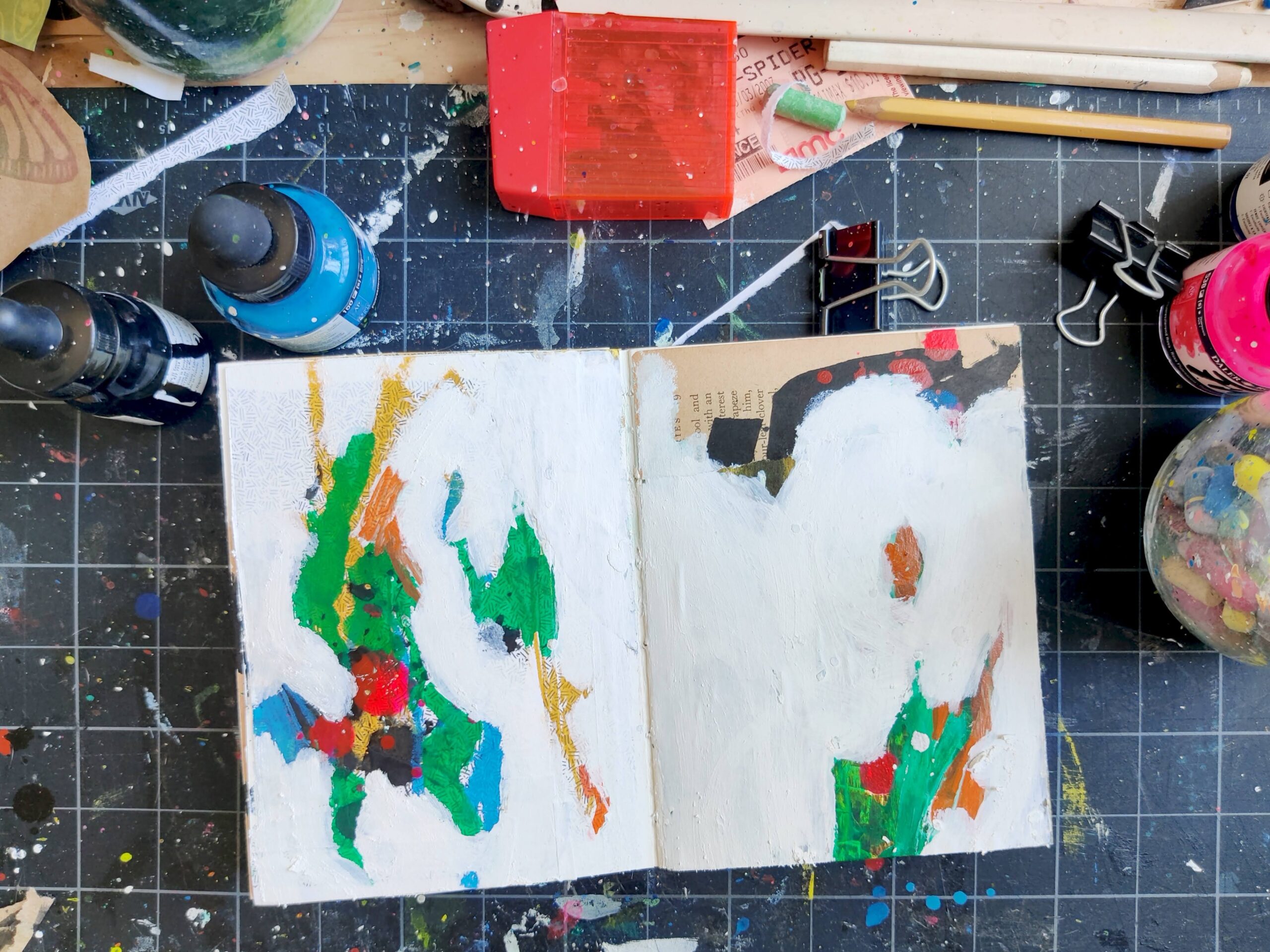
Make Ugly Art
•
For each piece of polished, finished art shared online, every artist has a whole pile of unfinished, “messed up,” or ugly pieces. And that’s exactly as it should be.
-
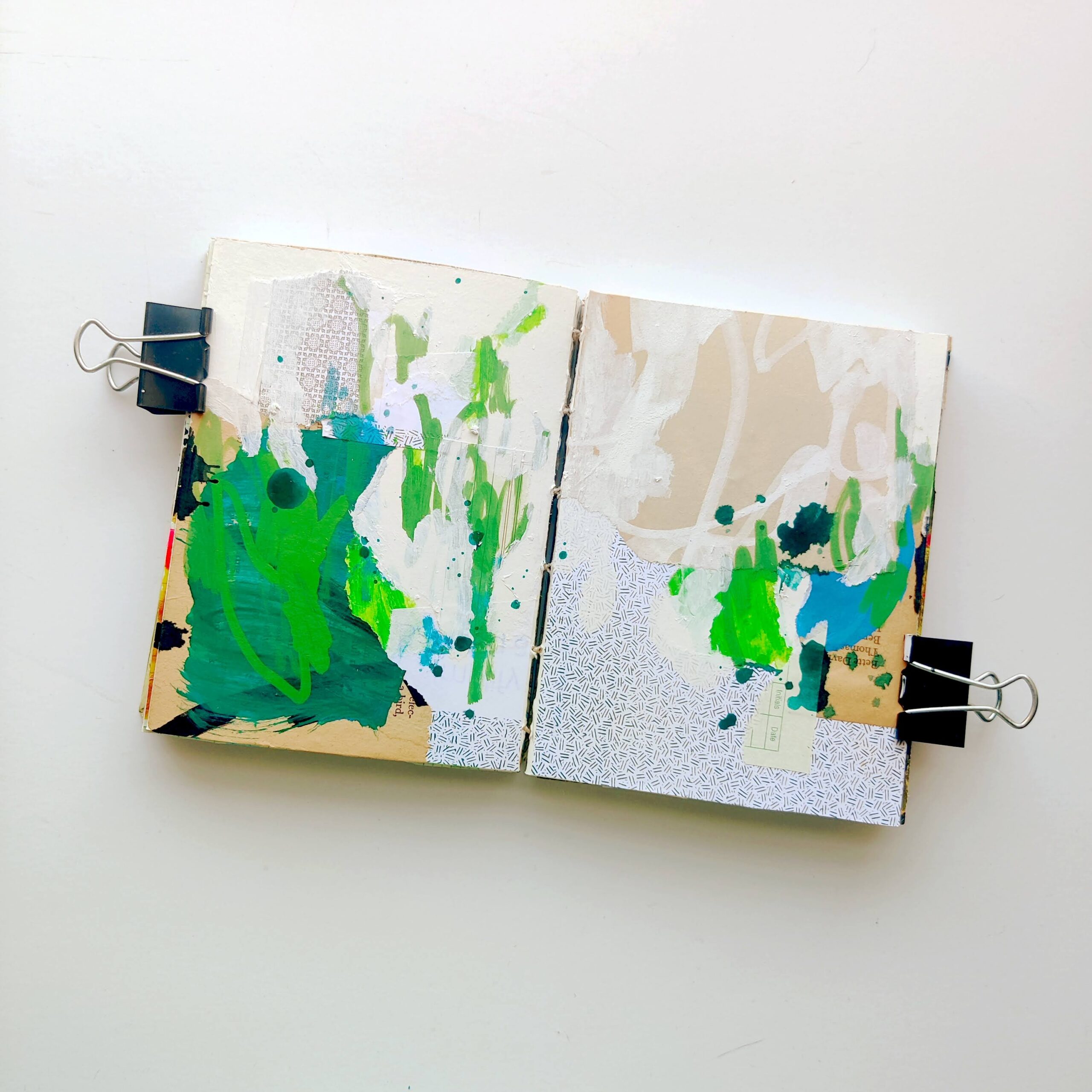
Summer Greens
•
The best days are those where creating comes easily and the results are loose and balanced.
-
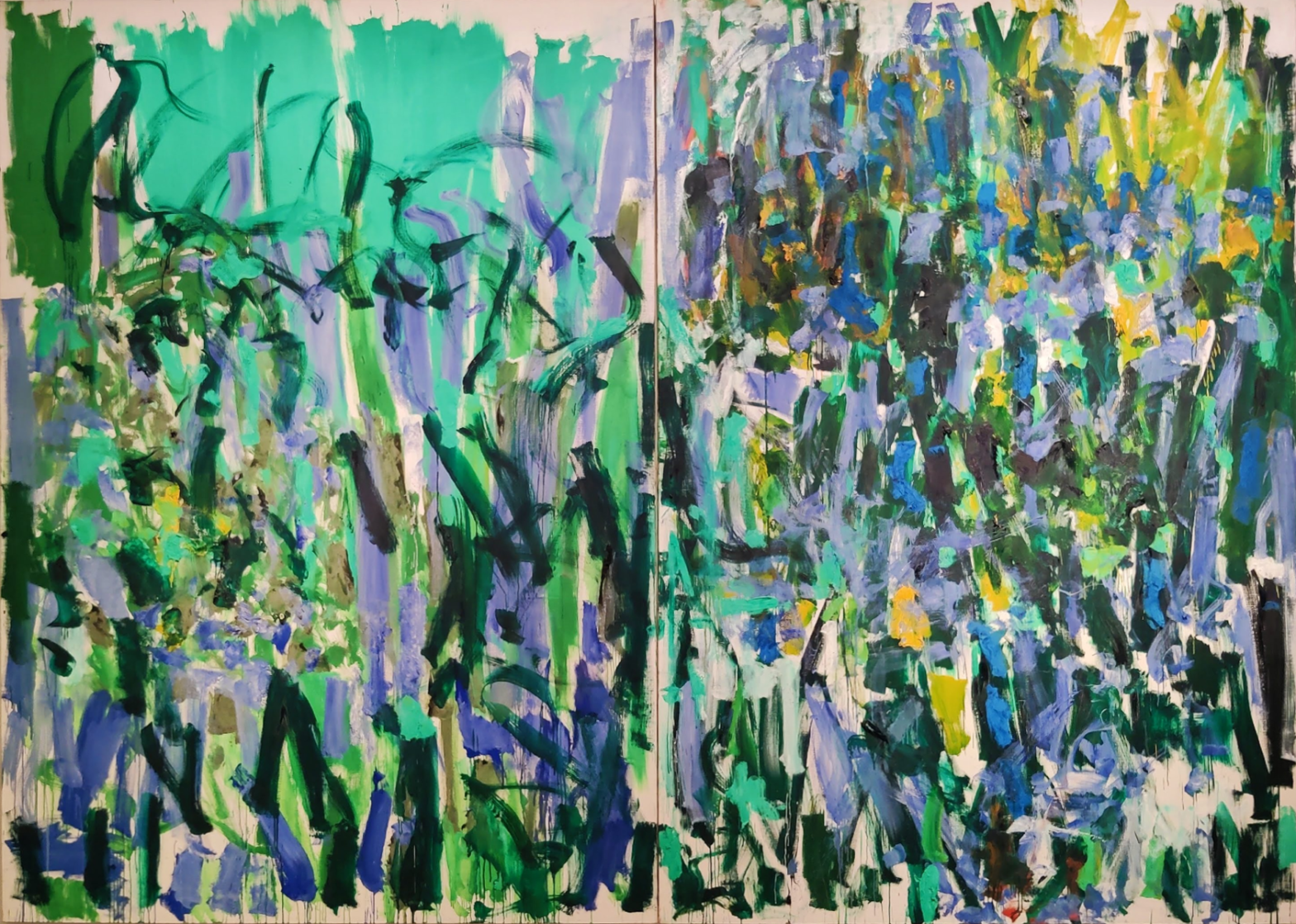
Joan Mitchell
•
In May, I went to see the Joan Mitchell exhibition at the Baltimore Museum of Art; this weekend, I went for the second time.
